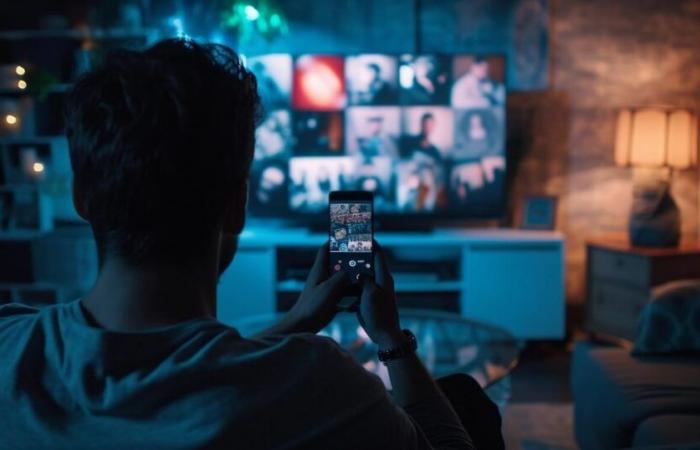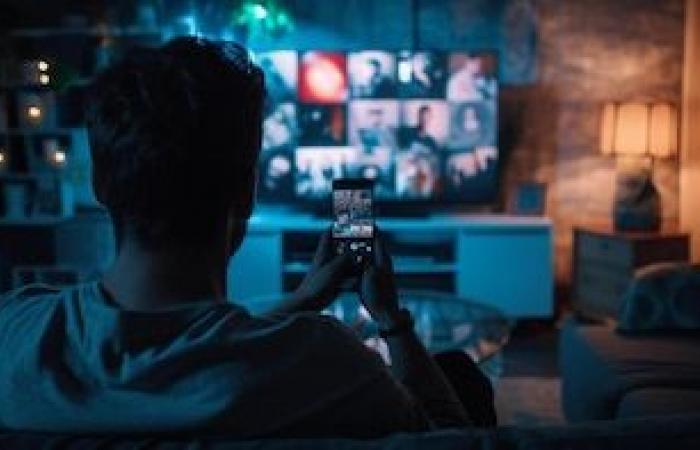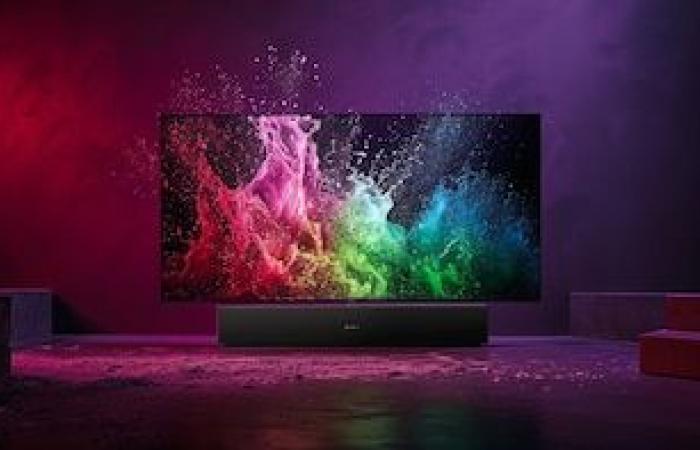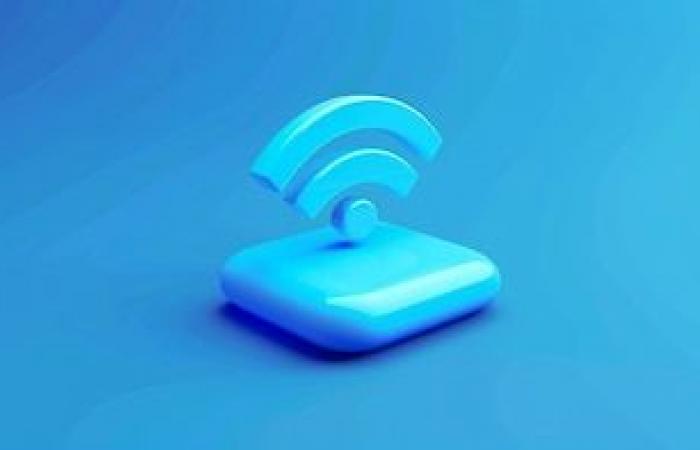Most cell phones integrate a tool little known by users, but very useful in everyday contexts: the possibility of transmitting in real time the content of the phone screen directly to the TV.
This function, which in many devices appears with the name of “broadcast”, “transmit” or “Screen Mirroring”, allows to replicate the visual content of the phone on a larger screen, without cables or complex facilities.
Either to share a presentation, visualize a group in group or expand a video game session, This ability to double the cell phone screen is incorporated into most Android models and in iOS systemsalthough with different denominations and routes according to the brand.

The function is usually located in the fast access panel that unfolds when sliding the finger from the upper screen. On Android devices, it can appear as “broadcast”, “transmit screen”, “wireless screen” or “smart view” in the case of Samsung. When touching it, the system begins the automatic search for compatible televisions connected to the same Wi-Fi network.
On iPhone, the equivalent is the tool called “duplicate screen”, accessible from the control center, sliding the finger from the upper right corner. So that the connection works, The TV must have AirPlay or be linked to a compatible device such as Apple TV.

Not all televisions allow you to receive transmission directly. Models called “Smart TV” manufactured in recent years often incorporate technologies such as Miracast, integrated Chromecast or AirPlay compatibility. These standards allow the cell phone to connect without the need for additional devices.
In the case of older televisions or without intelligent functions, it is possible to add an external accessory such as a Chromect, a Fire TV Stick or a Roku device. These elements receive the wireless signal from the cell phone and reproduce it on the TV through the HDMI input.
-So that the connection is established immediately and without interruptionsthe cell phone and the TV (or the receiving device) must be connected to the same Wi -Fi network. If any of the two uses another network or a data connection, the system will not detect the destination device.
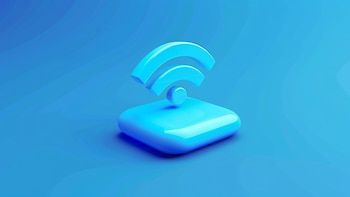
Besides, It is essential that the network is stable and has good signal intensity. In saturated or unstable networks, the transmission is likely to stop, freeze or present deincronizations between image and sound. The use of a protected domestic network also reduces safety risks.
Once the connection is established, Everything that appears on the cell phone screen is reflected on the television in real time. This includes videos, presentations, applications, games, browsers and even video calls.
Some platforms, such as YouTube or Netflix, even allow using the cell phone as a remote control while the content reproduces directly on the TV.

In certain cases, Some applications can restrict the use of author rights or internal policies. If when trying to share content from a given app, a black screen or error appears, it is possible that this platform does not enable mirroring.
The main advantage of this function is its immediacy and ease of use: it does not require connecting cables or installing programs. Besides, allows you to move freely with the cell phone without losing the connectionwhich is especially useful in meetings, classes or shared spaces.
Unlike HDMI cables, which require physical compatibility and reduce mobility, wireless projection works with only a few touches on screen. It also avoids wear of the physical connectors of the cell phone and allows you to share content from different applications without modifying technical configurations.

